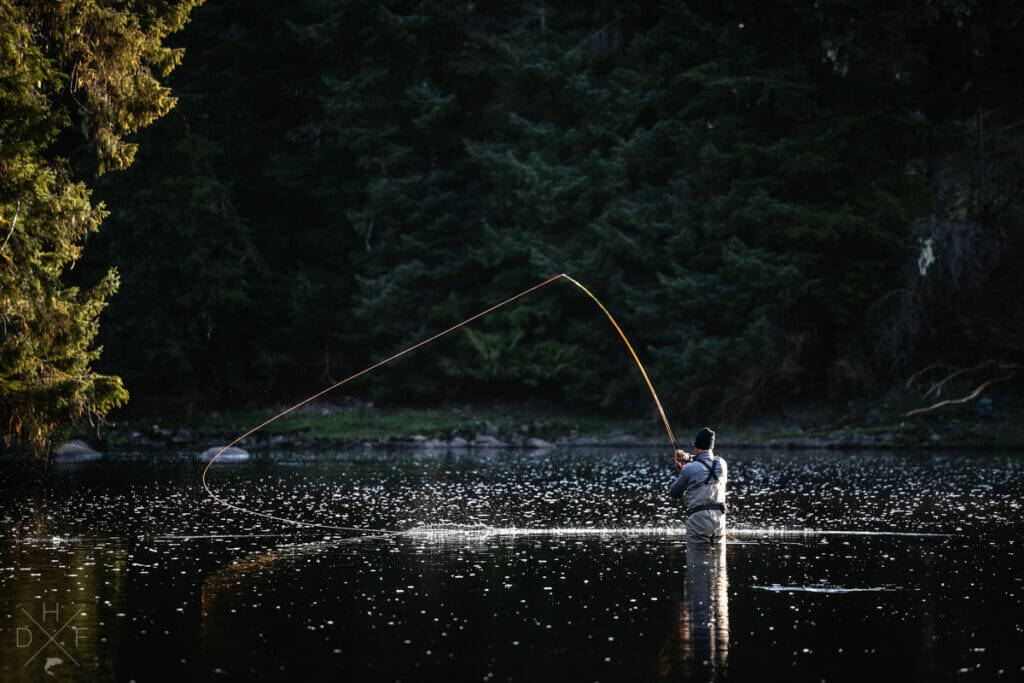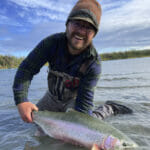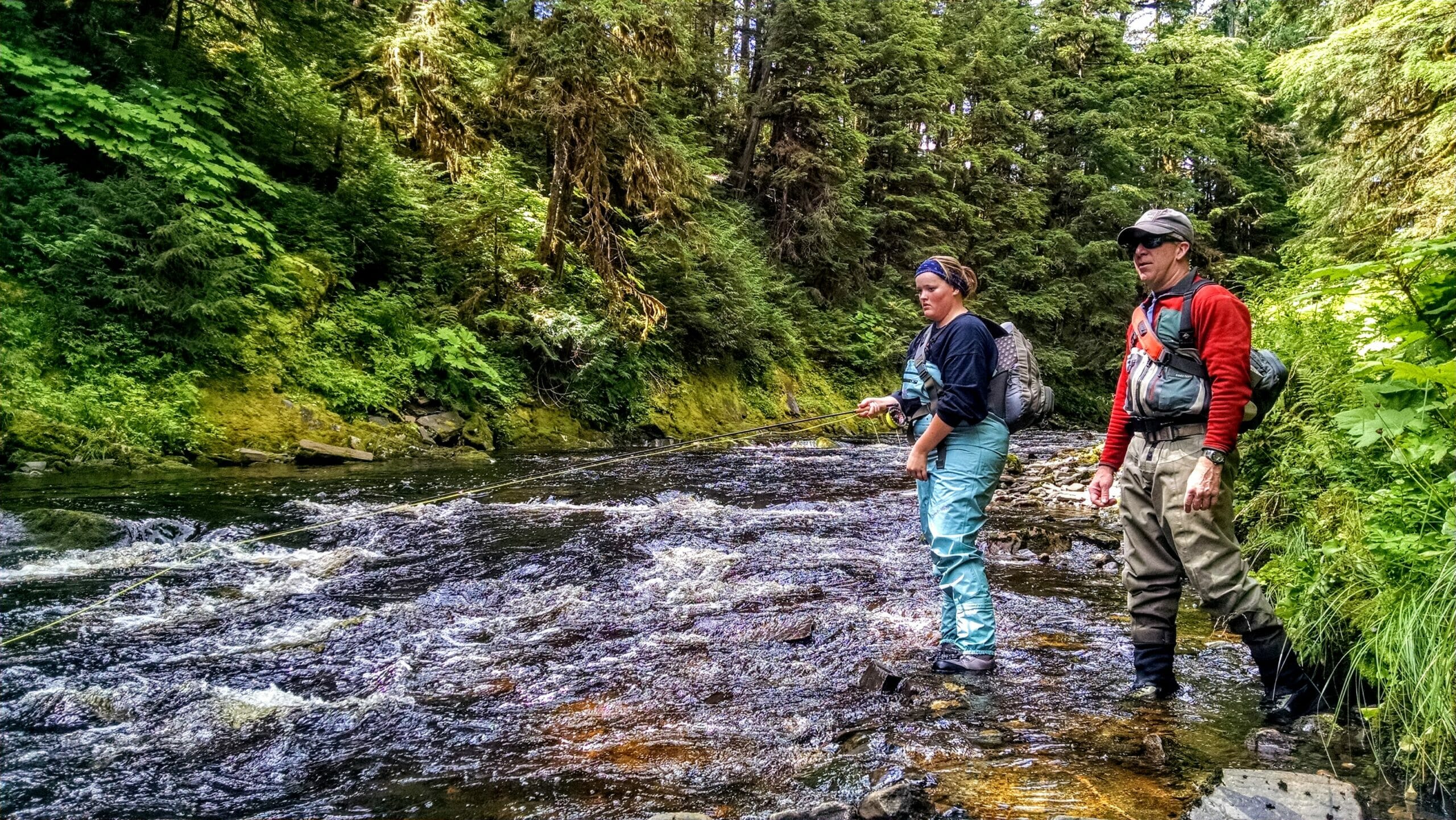Fishing and tourism provide 26 percent of the jobs in Southeast Alaska. Logging? One percent. Chris Hunt photo.
Few decisions have been as short-sighted as last year’s repeal of the Roadless Rule on Southeast Alaska’s Tongass National Forest, which helps explain why 96 percent of all public comment opposed the repeal.
When large-scale logging first took hold in the region in the 1950s, many people thought the towering Sitka spruce and ancient red and yellow cedar of the Tongass were inexhaustible, and few people understood the impact industrialized clear-cut logging would have on the region’s fish, wildlife and, of course, its people. But, today, we know we can only take so much from the forest and that unchecked old-growth logging takes too heavy a toll.
Recognizing this, in 2013, Secretary of Agriculture Tom Vilsack directed the U.S. Forest Service to phase out unsustainable old-growth logging on the Tongass and to manage the forest with its fish, wildlife, recreation and carbon-capturing values at the forefront.

Today, Trout Unlimited is joining dozens of fishing, hunting and outdoor businesses in calling on Secretary Vilsack to keep that promise.
Decades of industrial-scale logging have claimed the best and most productive trees on the Tongass. While just 12 percent of the productive old-growth forest on the Tongass has been cut, unsustainable clear-cut logging has removed 66.5 percent of the highest-volume contiguous old-growth forest. On places like Prince of Wales Island, where logging has been most intense, 93.8 percent of such forest is gone.
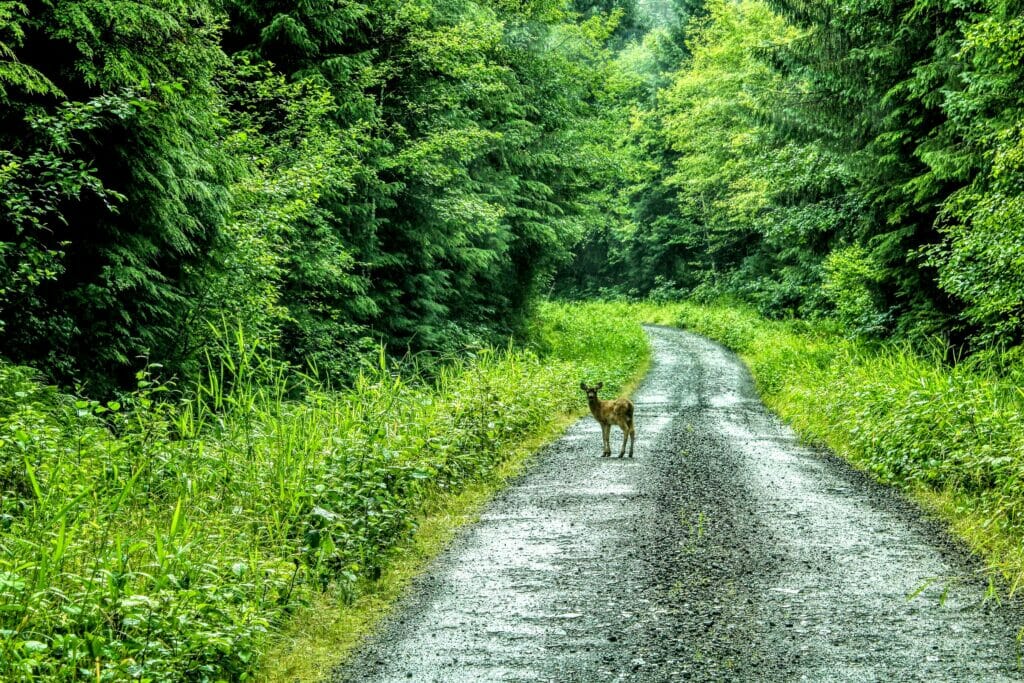
The vast spiderweb of logging roads crisscrossing the Tongass includes more than 1,100 bridges and culverts that fail to meet state and federal standards for fish migration, impeding salmon and trout from accessing nearly 250 miles of rivers and streams.
We now know that the real value in the Tongass is not derived from cutting down its trees, but in its abundant fish and wildlife, its scenic beauty, its potential to store and capture carbon that helps offset the effects of climate change, and in the opportunities and cultural values a healthy forest provides for local communities.
Without streamside vegetation to provide shade and help moderate streamflow, high summer temperatures cause fish kills with alarming scale and frequency. Clear-cut logging and logging roads destabilize steep hillsides and too often result in landslides during the rainy season—such as those that ravaged southeast Alaska last fall.
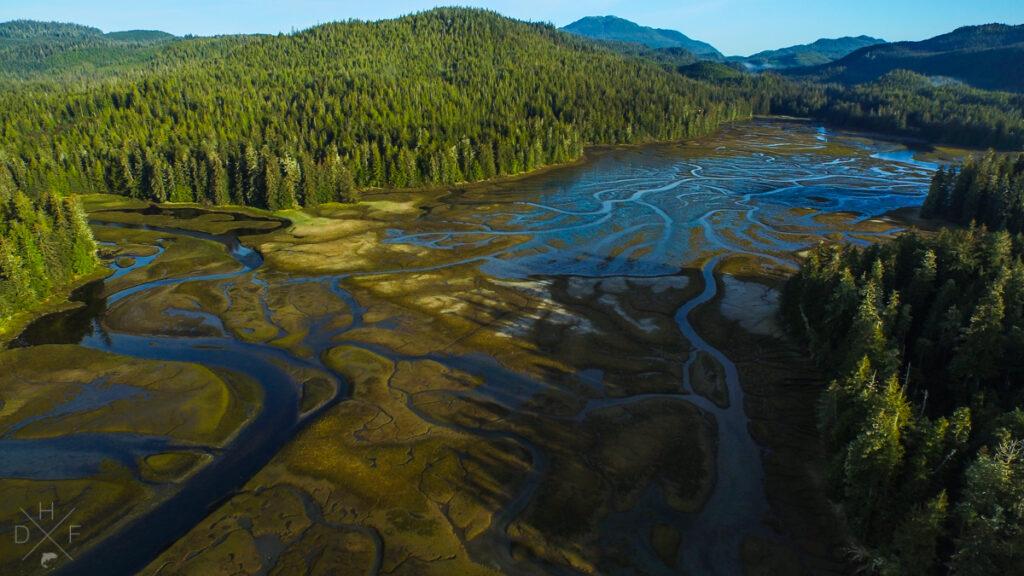
Although the logging industry was once a major source of economic activity in Southeast Alaska, logging and milling now account for less than 1 percent of local jobs, a level maintained only because of significant government subsidy. Fishing and tourism, by comparison, generate 26 percent of local jobs and have become the dominant sources of income and employment in the region.
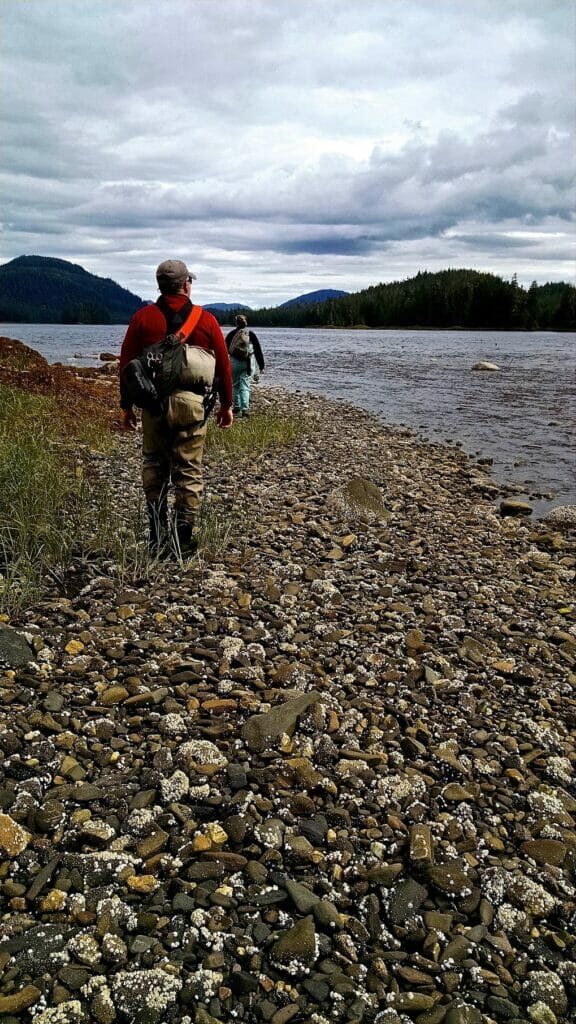
We now know that the real value in the Tongass is not derived from cutting down its trees, but in its abundant fish and wildlife, its scenic beauty, its potential to store and capture carbon that helps offset the effects of climate change, and in the opportunities and cultural values a healthy forest provides for local communities.
It’s far past time to end outdated and damaging logging practices on the Tongass, to conserve important fish and wildlife habitat in roadless areas, and to manage the Tongass in a way that helps ensure it remains productive now and into the future.
Read our letter to Secretary Vilsack here.
Austin Williams is TU’s Alaska director of law and policy.
